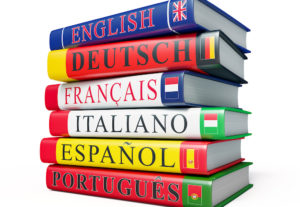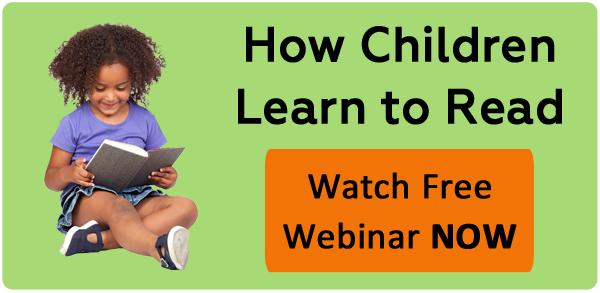
Today in my Understanding How Children Learn To Read webinar, I received this question about teaching young multilingual children how to write and read.
I seem to be getting these types of questions frequently, so I thought I’d do a blog post about it.
Maren,
Wondering why age 4.5 is recommended for introducing a foreign language alphabet?
What if the child is already bilingual?
Or what if the child is more competent and confident with their home language?
How does your approach change if the child is an English language learner?
I am a preschool teacher and have many children who speak another language at home or with a particular parent or family member.
Thanks so much!
Good morning and aloha!
As we look at language development in the young child we see that at around 4.5 years, with normal and natural development, a child reaches out to learn new words.
At 4.5 years when the environment is conducive to the acquisition of new vocabulary, we see children able to learn 250 new words a week.
This is one reason introducing a second language at 4.5 years is a good time to do so.
If the child at 4.5 years is already bilingual or multilingual, what we see is that the child makes leaps in vocabulary in all their spoken languages.
Many parents report that until this time of a vocabulary “explosion” they are concerned that their child may have a language development delay. The multilingual child at age 4 may appear to not have a strong vocabulary in any language, or not have a preference of one language over another.
Then at 4.5 years there is this language explosion and it becomes obvious that with all the languages the child knows, the child’s vocabulary is quite extensive. For the bilingual child overall vocabulary may be twice that of a child with only one spoken language.
In terms of introducing the alphabets:
In order to avoid confusion, introduce only one alphabet at a time. Be sure that the child has one alphabet firmly in place with letter sound recognition before you introduce the second language alphabet. The child will take this firm foundation from the first language and begin building letter sound recognition for the second language easily.
When the child has total letter sound recognition in the second language alphabet, then begin introducing the third language alphabet.
Also, until this 4.5 year period, a multilingual child may speak a mixture of languages, using verbs and nouns from different languages for sentence construction. For example, Gusta my hat?
Around 4.5 years the child begins to speak with little crossover and knows to speak a certain language with certain people. They may also be able to tell you that they are speaking English, Spanish, Chinese, whatever, which before they were not conscious of the differences.
If the child is learning English as a second language, and English is the main language of your classroom:
I recommend that you offer the English alphabet first, then their mother tongue after the child has letter sound recognition firmly in place for English.
Children can play the I Spy Game at school and home in all their languages to help with phonemic awareness.
One of the interesting things is that children in whatever language learn to read in the same way.
Once they learn to read and write in one language, they can easily transfer those same skills to their other spoken languages.
I hope this has helped.
Please let me know if you have any additional questions.
All the best,
Maren

